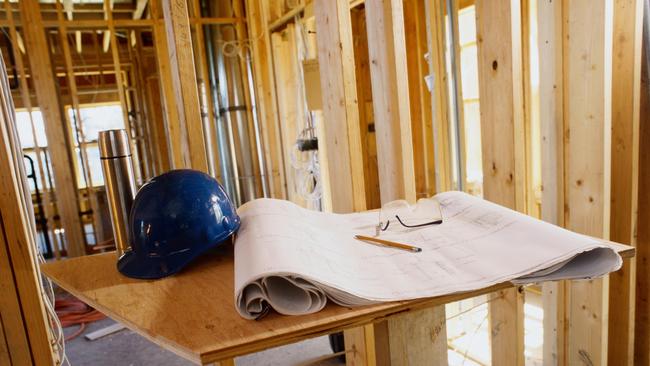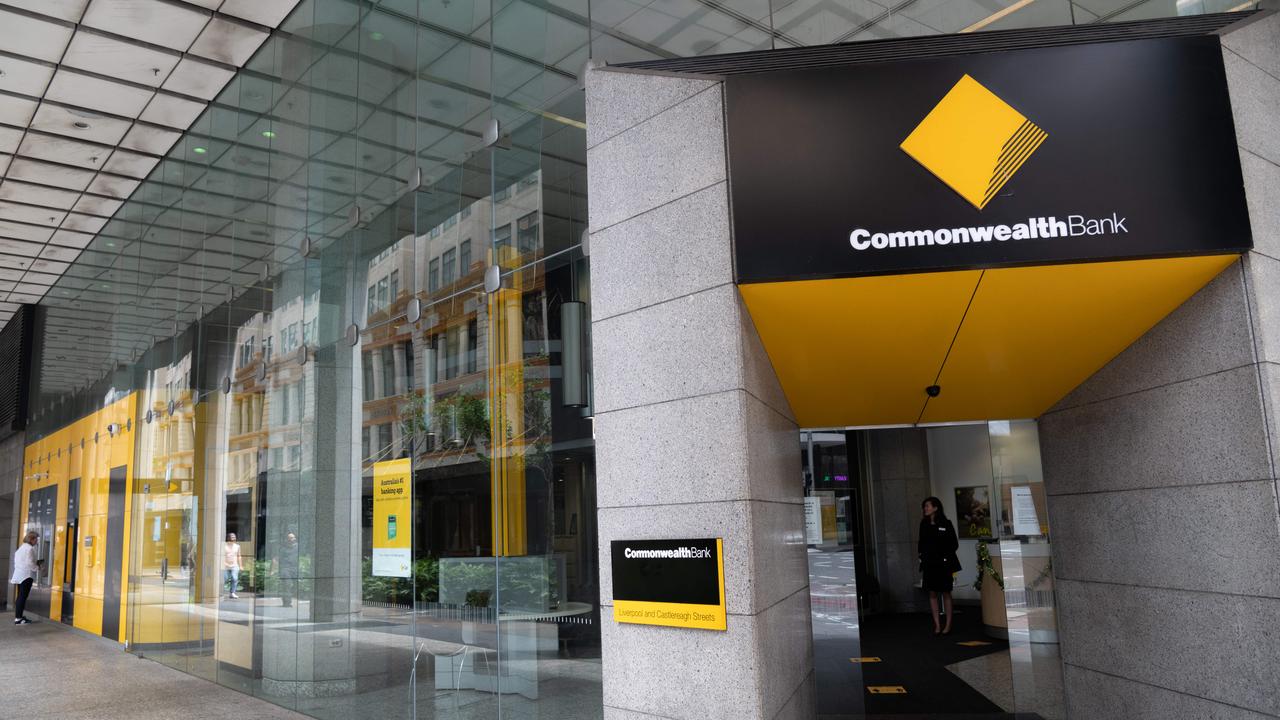June quarter GDP: Analyst reaction and commentary
June quarter GDP figures indicated a slowdown in economic activity, but analysts say a rebound could follow.

Australia’s June quarter GDP figures indicated a slowdown in economic activity but were in-line with most analyst forecasts.
Here’s how market watchers and economists evaluated the data.
Rahul Bajoria, Barclays senior economist
We see the economy moving at two speeds, with the export sector benefiting from supply disruptions and high prices, while a slowdown in the domestic sector continues, with the trend unemployment rate inching up, retail spending moderating and construction activity stalling. While the government’s fiscal policy should mitigate downside risks via the stimulus program announced in June, we think the overall risks to the near-term economic outlook remains squarely poised to the downside. In such an environment, we do not see any reason for the RBA to wait to lower rates. We think the strong emphasis on reducing the unemployment rate amid unimpressive wage growth and a weak household sector means that the RBA needs to ease earlier than what is factored into its macro forecasts unveiled last month. As such, we expect the RBA to deliver a rate cut in October, followed by another cut in November of 25 basis points each, taking the cash rate to 0.50 per cent.
Felicity Emmett, ANZ senior economist
Another soft outcome for GDP in Q2 caps off a very weak year of growth. The slowdown in the economy has been remarkable: this time last year the economy was growing well above trend at 3.3 per cent, now annual growth has more than halved to 1.4 per cent. The result will be a disappointment for the RBA, which had forecast 1.7 per cent on year for the quarter just a month ago, and suggests that another round of growth downgrades is likely in the Bank’s November Statement on Monetary Policy.
Craig James, CommSec chief economist
In the most recent June quarter, the export sector drove the economy forward. A lower Aussie dollar and foreign demand for iron ore and gas were key drivers. Over the next year, household spending is expected to make a bigger contribution to growth. Employment is strong, the tax cut will help with lower interest rates and the minimum wage increase and higher home prices. Income growth in the economy was strong but businesses and consumers were reluctant to spend ahead of the election. There are no guarantees that spending will lift in coming months if business and consumers remain anxious. And that may require even more stimulus to be applied by the government. But annual economic growth has probably bottomed and will gradually strengthen over the next year. The economy is cycling off strong annual economic growth figures of 3.1 per cent in the March and June quarters of 2018 – both well above the 2.6 per cent ‘normal’ growth rate.
Andrew Hanlan, senior economist, Westpac
The economy lost considerable momentum from mid-2018, led by the turning down of the housing sector and by the consumer. These are challenging times. The Australian economy is navigating a period of cyclical weakness, centred on construction - particularly housing - after a tightening of lending standards. There are powerful structural headwinds from weak wages growth and productivity, constraining consumer spending. The global economy is slowing and downside risks have intensified as the global trade and technology war escalates, denting business confidence and business investment plans. Looking ahead, recent tax cuts and interest rate cuts will provide a boost to activity. But given the weak starting point and the powerful headwinds, the risk is that growth remains below trend over the remainder of 2019 and through 2020. Currently, growth is lopsided, with a stark divide brisk government spending in the form of public demand and weakness in private demand which fell by 0.04 on quarter and 0.4 per cent on year - the weakest result since the GFC. These results therefore further strengthen the case for a rate cut in the very near term.
Josh Frydenberg, federal Treasurer
It’s a reminder of the remarkable resilience of the Australian economy and a repudiation of all those who have sought totalk it down.
The fundamentals of the Australian economy are strong. We are having a discussion with key stakeholders about other ways we can boost investment, and those decisions will be decisions at budget time.
Gareth Aird, senior economist, CBA
Employment growth has been strong over the past year. But output growth has been soft and the implication is that productivity has slumped. Over 2018-19, the economy expanded by 2 per cent while employment rose by 2.4 per cent. It’s very unusual to have such a disparity. Indeed, GDP growth is normally stronger than employment reflecting a productivity dividend. The strength of the labour market cautions against too pessimistic a read on today’s data. But given the unemployment rate tends to lag growth there is a risk that the unemployment rate inches higher over coming months even if the activity data improves, as we expect. The RBA is placing a lot of emphasis on the labour market data in its monetary policy decisions and we don’t expect to see labour market slack decline in any meaningful way over the next few months, particularly as the economy is running well below trend. As such, today’s data is consistent with further monetary policy easing and we expect the RBA to cut the cash rate down to 0.5 per cent. The October Board meeting is “live” but we favour November for the next cut 25 basis point cut.
Kaixin Owyong, NAB economist
Today’s data will force the RBA to yet again downgrade its growth outlook in November after its August forecasts had expected a sharp rebound in activity in Q2. The RBA had forecast the end of the slowdown in growth in Q1, expecting GDP to rebound by a strong 0.8 per cent in Q2. This means that the RBA is likely to downgrade its near-term forecast outlook further in the November Statement on Monetary Policy. That said, the Reserve Bank may downplay the disappointing result, instead looking to Q3 data and beyond where income tax cuts, a lower cash rate and a stabilising housing market may support activity into the medium term. In that respect, we expect the Bank will also be disappointed given July retail sales showed no initial boost to consumer spending from income tax refunds, while there has been fresh weakness in job ads and building approvals. We still see a risk that the RBA cuts the cash rate sooner than our forecast of a November move, particularly given increased global uncertainty, but the slightly better result than we anticipated reduces this probability.
Marcel Thieliant, Capital Economics senior economist
GDP growth held steady in the second quarter but the hangover from high household debt suggests growth will stabilise rather than pick up much further over the coming quarters. All told, today’s GDP figures underline that the risk of a recession has diminished. But with the global economy reeling and high household debt weighing on consumption, we reiterate our forecast that GDP growth will be just 2 per cent in 2020.
Sarah Hunter, BIS Oxford economist
The June quarter is likely to be the trough for the (year-on-year) growth rate ... as the very weak quarters from late 2018 and early 2019 drop out of the calculation.
Ken Morrison, Property Council of Australia chief executive
We’ve been highlighting the potential impact of a slowdown in housing construction on economic growth for some time, and this is now clearly showing up in the June quarter GDP result. Recent signs that housing prices are stabilising are welcome and important for consumer confidence, but housing construction is the critical driver of investment and jobs and this is falling. The housing construction pipeline is constricting, with building approvals down 24 per cent over the past year.
Stronger housing prices may lead to a turn-around in construction activity down the track, but the current reality is that construction is slowing and that will weigh on economic growth and employment well into 2020.



